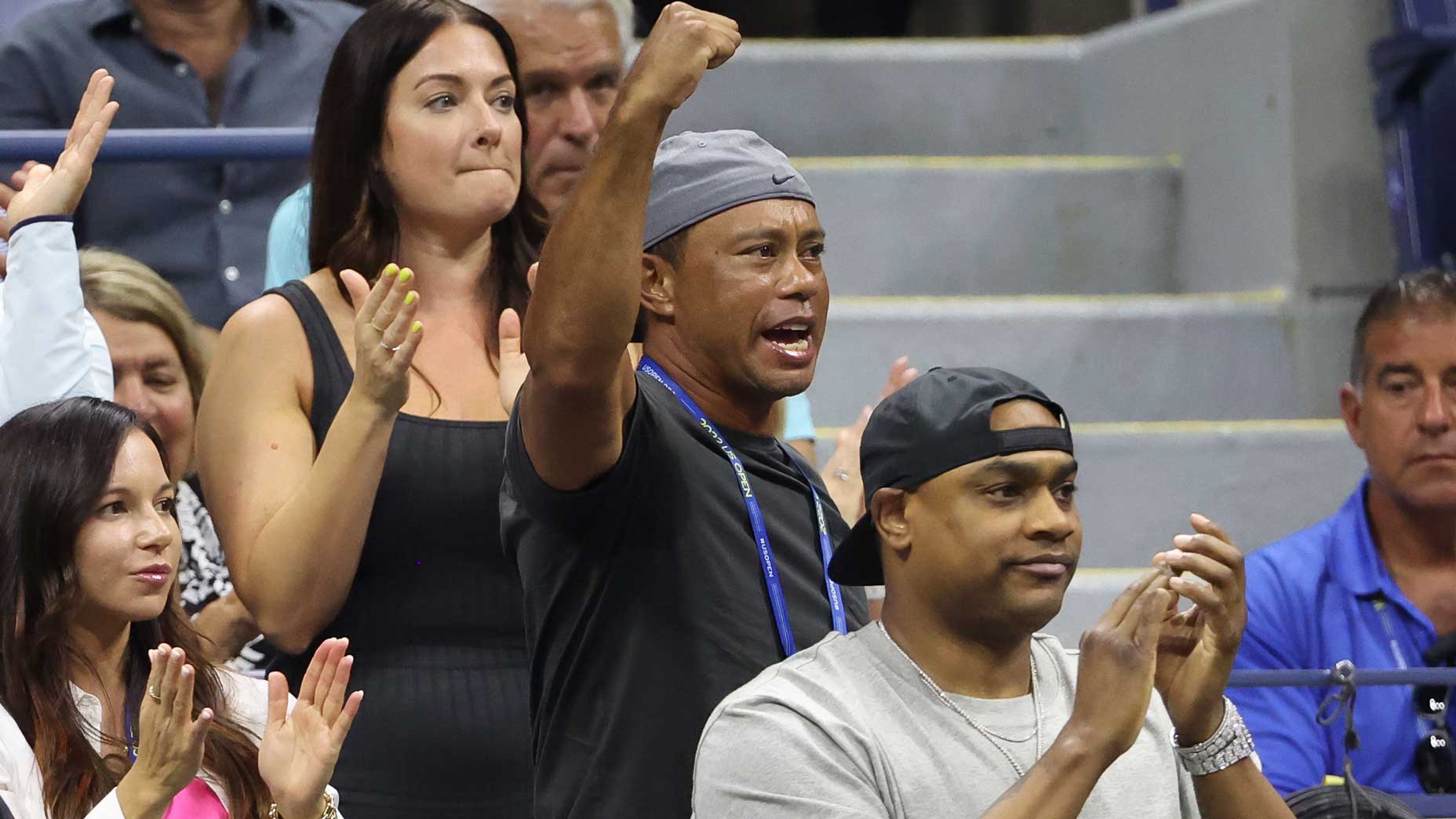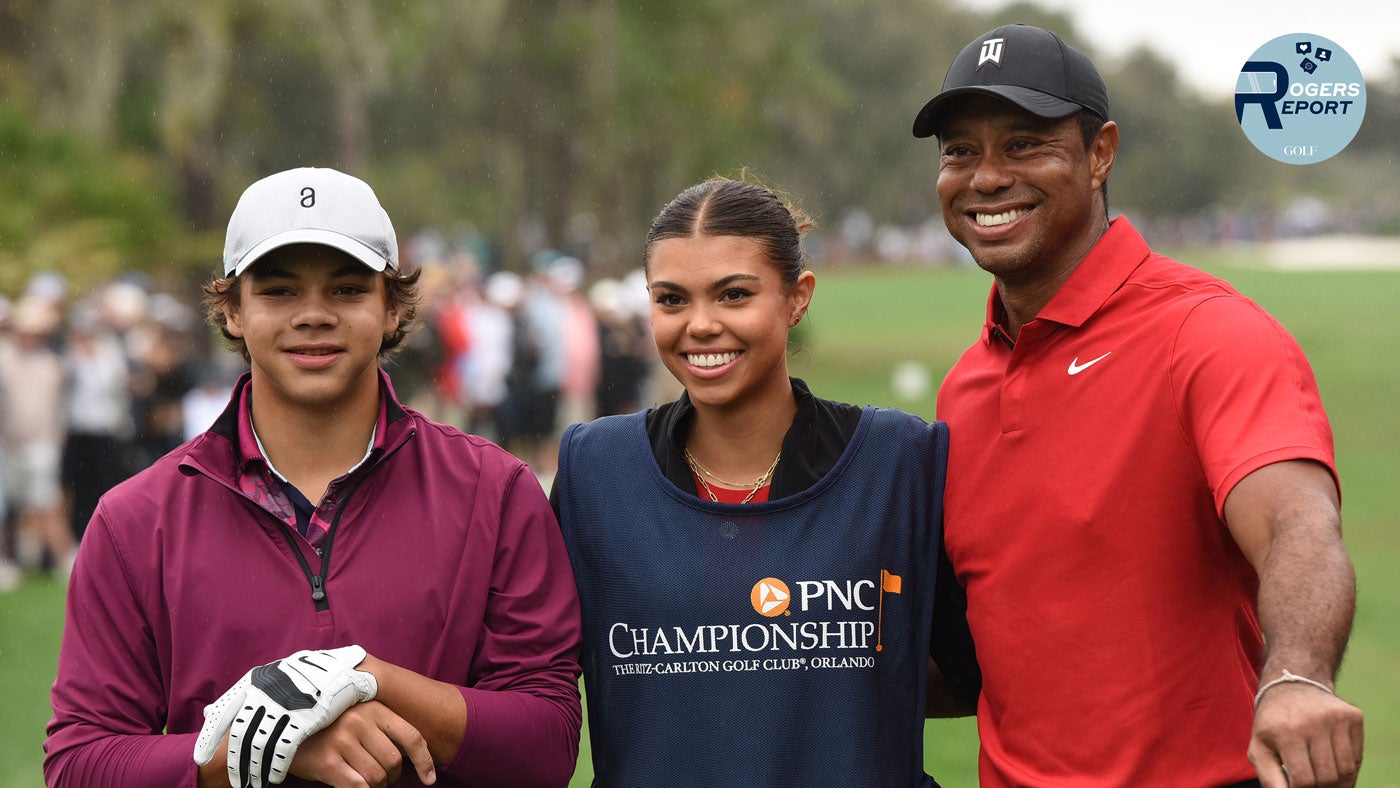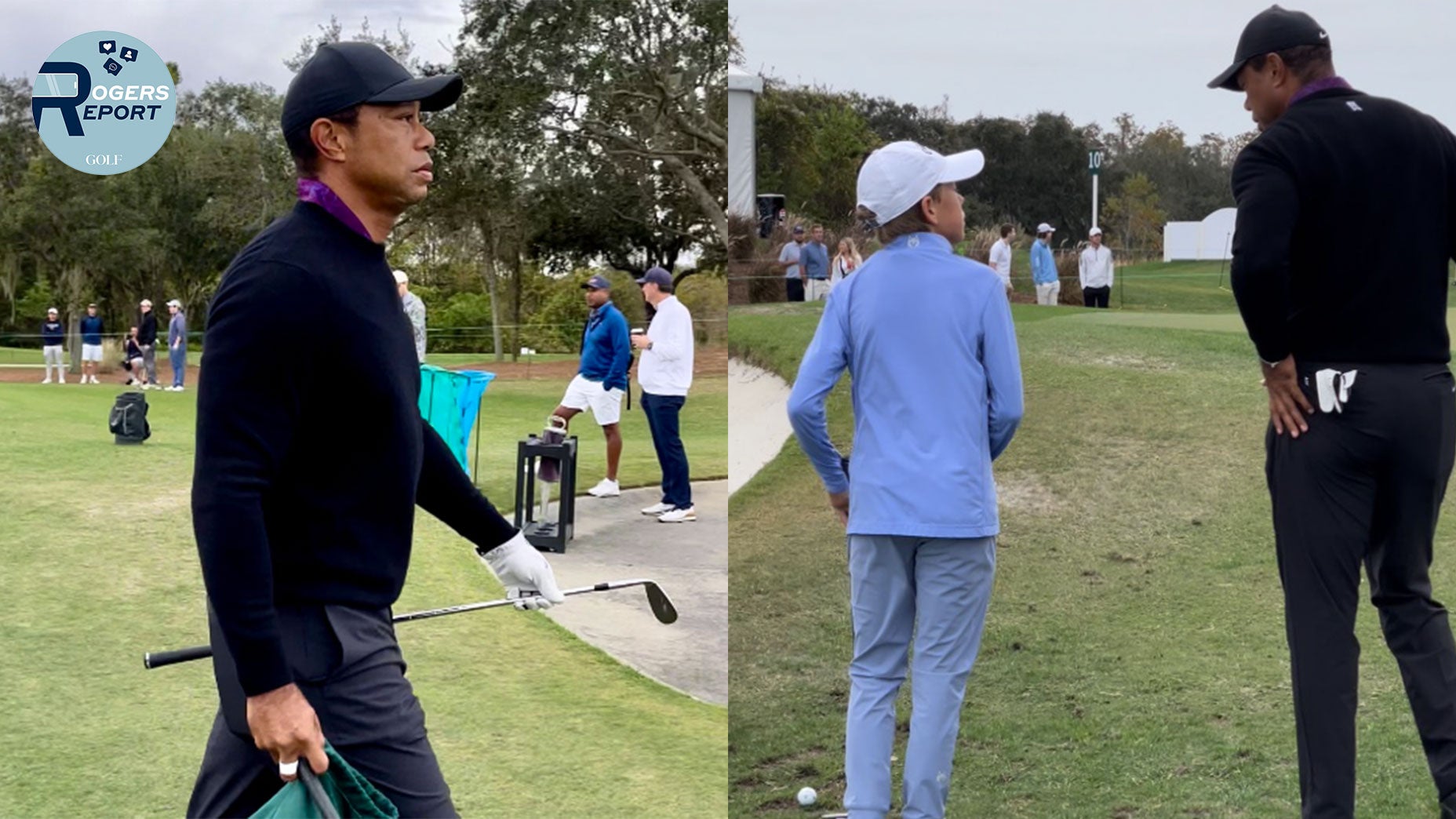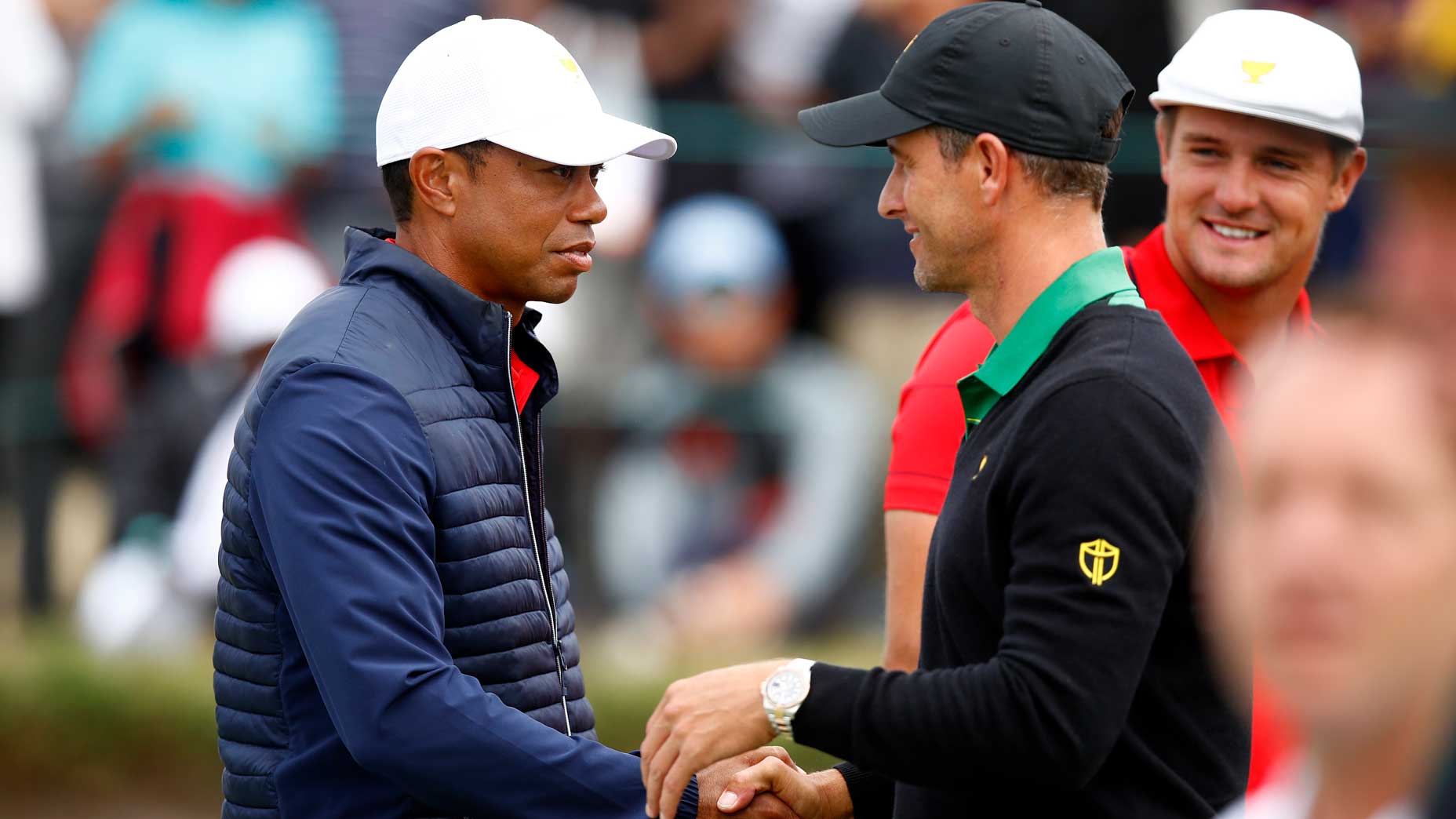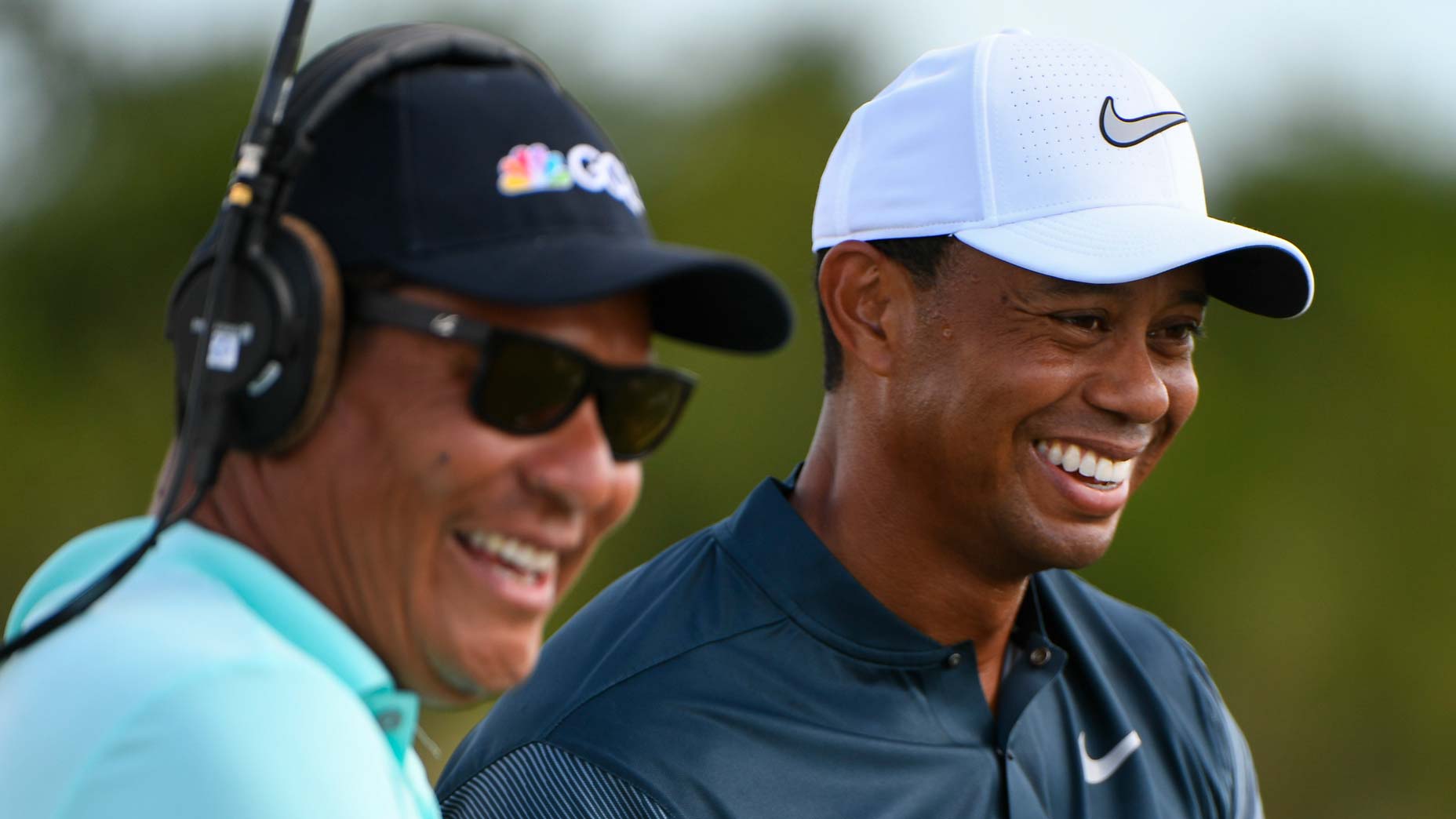This spring, Serena Williams’ tennis career was at a crossroads. She hadn’t competed since June 2021, when she withdrew with an injury in a first-round match at Wimbledon. But now she felt the court calling.
She knew who to turn to for advice: Tiger Woods.
“I said, ‘I don’t know what to do: I think I’m over it, but maybe I’m not over it,'” Williams wrote in a first-person essay for Vogue last month.
It’s a surreal conversation to imagine: Woods and Williams, talking shop. But it makes all the sense in the world. Who could relate better to the struggle of the other? Their stories are so similar: Prodigies from southern California who worked their way from humble beginnings into the walled-off world of country club sports. Woods grew up on the munis of L.A. County and Orange County. Williams on the city courts of Compton. Their professional careers bloomed in parallel; Williams turned pro in 1995 and Woods followed in 1996. By the turn of the millennium each was a major championship winner and the face of their respective sport.
They would have known each other then. Both were on the brink of mega-paydays from Nike, after all, and would have run in the same circles of sporting celebrity. Perhaps they can relate even more so now, as they fight parallel battles against age and torque and the passage of time.
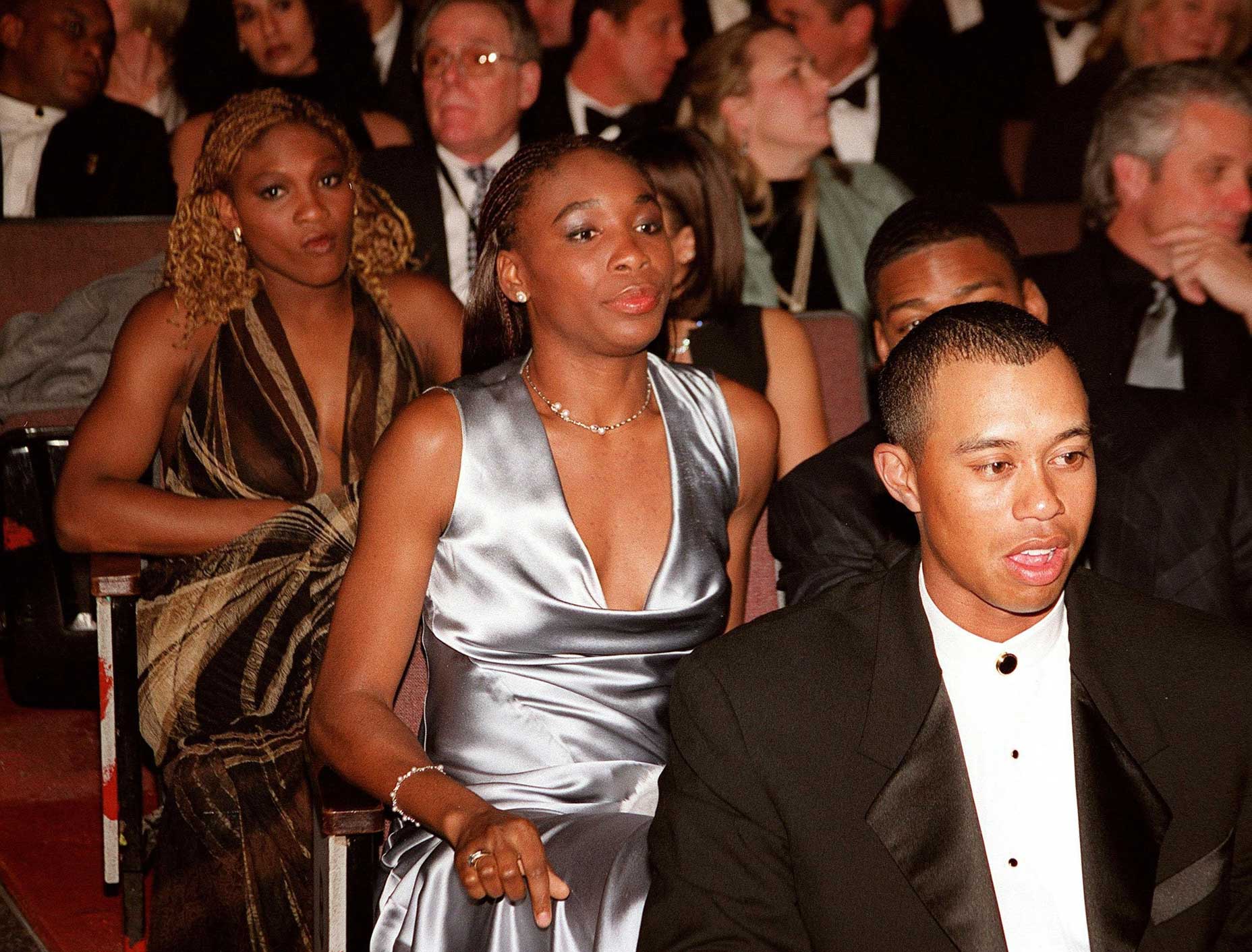
Woods knows his way around a comeback, and he told Williams something that stuck with her.
“He said, ‘Serena, what if you just gave it two weeks? You don’t have to commit to anything. You just go out on the court every day for two weeks and give it your all and see what happens.'”
She waited another month before following his advice, but when she did, she was pleasantly surprised at just how good she felt.
“It felt magical to pick up a racket again,” she wrote.
It was fitting that Woods was there on Wednesday night as America took in Williams’ second-round match at the U.S. Open, where she faced off as an underdog against World No. 2 Anett Kontaveit. And although he was far from the only celebrity in attendance — think Anna Wintour, Zendaya, Spike Lee, Seal, Bella and Gigi Hadid — his presence was distinctly different. Different because of their career parallels (Williams won her first U.S. Open in 1999; Woods got his in 2000, the rest was history) and different because he was so obviously invested in the result.
How cool was it to see Woods going full-throttle in the stands? He and his girlfriend Erica Herman sat in Williams’ box next to Serena’s sister Venus, and as television cameras cut their way, without fail, Woods looked locked into every single shot. No cocktail sipping or phone checking. He was in the moment. He was fully invested. He flipped his Stanford hat backwards at a certain point, a sure sign that it was game time. And over and over he leapt to his feet after a pivotal point, unleashing the sort of fist pumps we associate with made putts in majors of his own.
There’s something special about seeing Woods so invested as a fan because so many fans are so invested in Woods. It’s validating: if he’s fully invested in someone else’s competition, sports fans have permission to fully invest in his. Woods has long admired sporting greatness, and he loves the U.S. Open in particular. We saw him and his son Charlie sporting matching fist pumps in 2019 when they watched Williams and Rafa Nadal on back-to-back nights. He traded texts with Roger Federer when the two were on parallel major tracks. He revered Kobe Bryant. And he continues to speak reverentially of Arnold Palmer and Jack Nicklaus, the titans that built the platform for his own greatness. In the age of LIV vs. the PGA Tour, of conference realignment, of sporting stakeholders wholly focused on profit maximization, Woods’ enthusiastic presence at Williams’ match reaffirmed something: This all matters.
As for his support? That mattered to Williams, too. She eked out the first set in a tiebreak but dropped the second set 6-2, setting the stage for a pivotal third set. She wound back the clock and pummeled her way to a 6-2 victory, making it official: the comeback was still on.
We don’t know when we’ll see Williams play next. We don’t even know that we will — not really. She has deliberately avoided the word “retirement.” She has favored “evolution” instead. There’s some overlap between her approach and that of Woods, who has acknowledged he’ll try to play just a limited schedule going forward. Age makes realists of us all.
Here’s what we know about Tiger and Rory’s new virtual golf league, the TGLBy: Jack Hirsh
After her inspired victory, Woods walked with Williams down the tunnel, slinging his arm over her shoulder. She called out his presence in her post-match media availability.
“He’s one of the reasons I’m here, one of the main reasons I’m still playing,” she told reporters. “We talked a lot. He was really trying to get me motivated. There are a few people, but we were like: ‘OK, we can do this together, you know?'”
There was a two-word phrase that stuck out from that Williams Vogue essay. “He’s Tiger,” she wrote.
There’s so much wrapped up in that. Greatness, work ethic, X Factor. It conjures a library of highlights. It implies an ethos. It’s self-explanatory. He’s Tiger. Game recognize game.
After Williams finished off her win, she was interviewed on court. Had she surprised herself? After all, she had come in ranked outside the top 400 in the world and she’d beaten the World No. 2. She shot the interviewer a look that said it all. Surprised? Hardly.
She added an explanation of her own. We knew what it meant.
“I’m Serena.”
The author (cautiously) welcomes your comments at dylan_dethier@golf.com.
